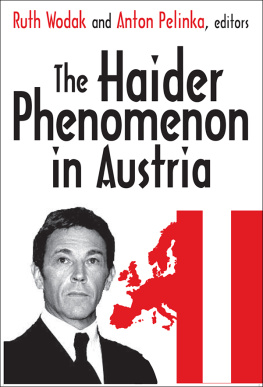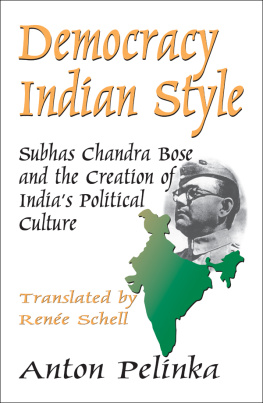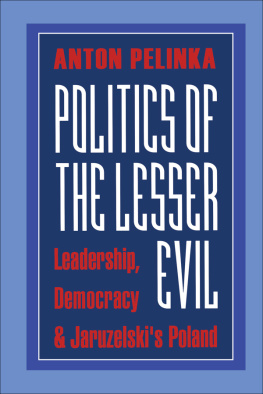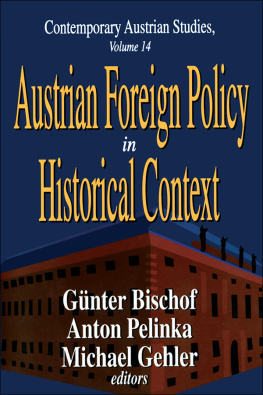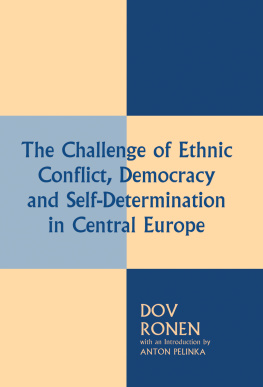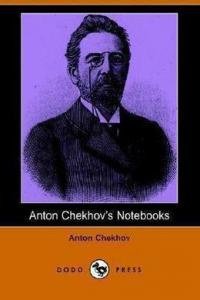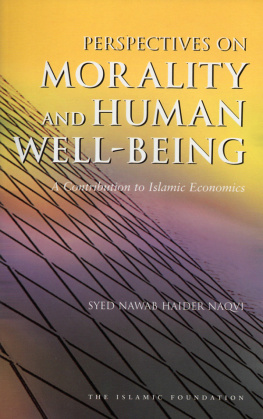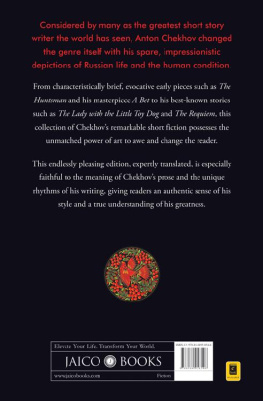Sometimesnot oftenAustria makes political headlines. In past years and decades, this has happened at least twice: in 1986, when the Waldheim Affair was debated worldwide; in 1999, when the Austrian Freedom Party, under the leadership of Jrg Haider, received 27 percent of the vote in the national election. The Freedom Party (FP) became part of the Austrian government when it formed a coalition with the Austrian Peoples Party (VP) on February 4, 2000.
The two events generated discourse, which, both in Austria and beyond its borders, was similar and yet different. The similarities concern the difficulties of confronting Austrias Nazi past (Waldheim was part of the Wehrmacht; Haider, a member of the postwar generation, appealed to old sentiments; see ). In both cases, Austrians saw themselves as the victim of conspiracies against them, and a nationalistic, chauvinistic discourse emerged, in public as well as in daily life.
The differences lie in the importance of these elections and in their consequences. Waldheim served as a symbol of a generation that had done its duty ().
International reaction to these developments cannot be understood without taking into account Austrias role in the Second World War. In the following, we will summarize briefly the two phenomena before introducing the chapters in this volume. This short history and both the Austrian and European backgrounds are necessary to understand the strong emotions, international reactions, and scandals of 1986 and 1999/2000.
The Waldheim Affair
Postwar Anti-Semitism in Austria
In his book, Der ewige Antisemit (1986), the German-Jewish author Henryk Broder repeated the phrase attributed to Zvi Rix, namely that the Germans will never forgive the Jews for Auschwitz. In surveying past decades in Austria, it would appear that Broders cynical phrase, an ironic description of the Germans rationalizing projection, which was aimed at shifting the guilt to the victims, could apply equally well to Austria. Kurt Waldheims 1986 presidential election campaign effectively put an end to many of the qualms Austrians might have harbored earlier. During the campaign, few Austrians with anti-Semitic convictions felt a need to keep their views to themselves, particularly in the context of private discourse, and anti-Jewish prejudice found various verbal outlets of a more or less explicit nature.
The sociologist Bernd Marin has characterized the postwar situation in Austria as anti-Semitism without Jews and without anti-Semites (Marin 1983, 2000). He assumed that anti-Semitism was functionalized and constantly used as a political tool, but that few dared to call themselves anti-Semitic after the Holocaust. This is generally true, although politicians like Oskar Helmer, a socialist and the first Austrian Minister of the Interior of the Second Republic, as well as Leopold Kunschak, the first leader of the Christian Austrian Peoples Party (VP), made no great secret of their anti-Semitic attitudes even after 1945.
Anti-Semitism existed in Austria immediately before 1938, during the Second World War, and after 1945, and it is still present today. Throughout the past fifty-five years, statistical surveys, opinion polls, and content analysis have developed various standardized quantitative research and survey procedures for identifying and measuring anti-Semitic prejudice. Of course, these procedures are always dependent on the design of the studies, the intentions of the researchers, the questions asked, and the samples themselves (e.g., ) identified an average of 7 percent of Austrians as radical anti-Semites; however, no one has clearly defined what a radical or less radical anti-Semite might be. In Kienzl and Gehmachers study (1987) which presented this famous 7 percent, 40 percent of those asked gave no answer.
The persistence of anti-Semitic attitudes in the above-mentioned opinion polls is ascribed to a small group of right-wing radicals. The number of such (radical) anti-Semites could thus be carefully delimited and their numbers shown to be falling. Anti-Semitism is also frequently identified with a purely racist variety of anti-Jewish prejudice which is equated with Nazism or with the Nazi extermination of the Jews (the Auschwitz symbol), thereby effectively excluding or minimizing other anti-Semitic trends in Austria, such as the Christian or the Christian-Social traditions (see ).
With the collapse of the Third Reich, many in Austria as well as in Germany were forced to acknowledge the extent of the Nazi crimes. Their doubts, feelings of guilt, and need to justify or rationalize their behavior encouraged the development of strategies for dealing with the past: playing down the actions and events themselves, denying knowledge of them, or transforming the victims into the cause of present woes. Moreover, since the Moscow Declaration of 1943 was interpreted as an Allied offer of support for Austrias claim to have been the first collective victim of Nazi aggression, such reversals were able to draw upon an especially potent form of legitimation.
The putative victim status also made it possible to deny any responsibility that went beyond individual crimes. The newly constructed Austrian identity produced stronger feelings of nationalism, which, in turn, reinforced a specific definition of insiders and outsiders and the separation of us from them.
Compared to the wave of anti-Semitic hostilities unleashed by the events of 1986, prior scandals were minor affairs. In 1986, during the Waldheim Affair, there was a perceptible shift in public discourse, which developed a distinctive us and them pattern. The in-groups in this discourse (Us) were Austria (note the metonymic-synecdochic totum pro parte), Waldheim (often taken as a pars pro toto for all respectable Austrians), the Peoples Party, the


